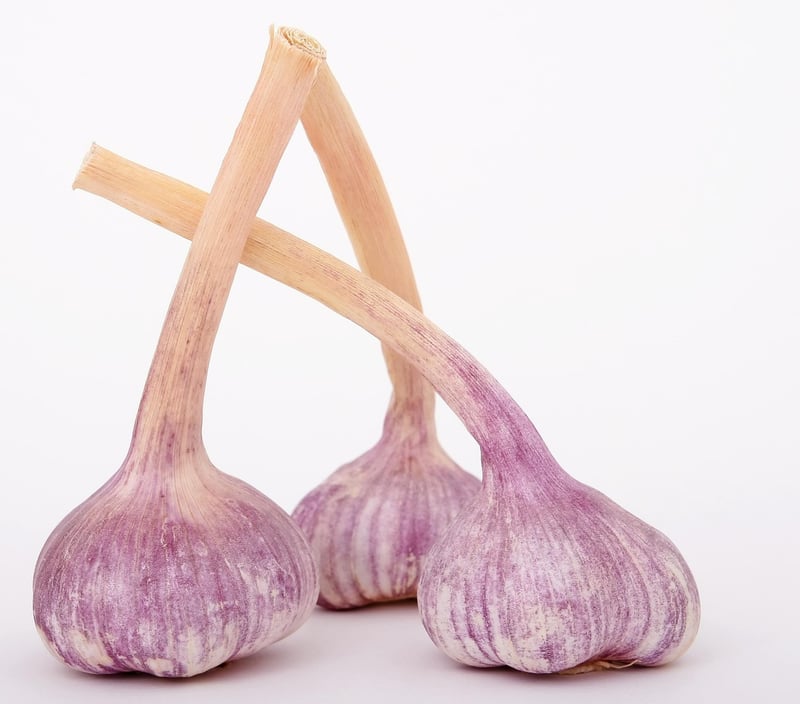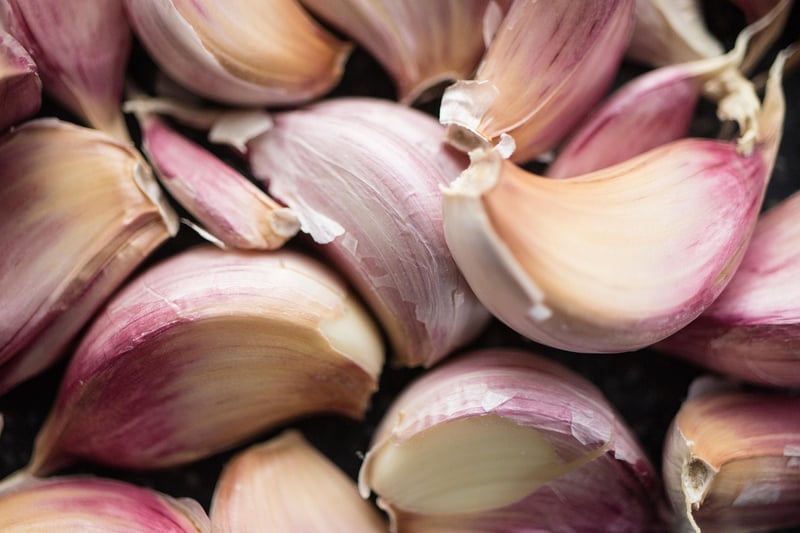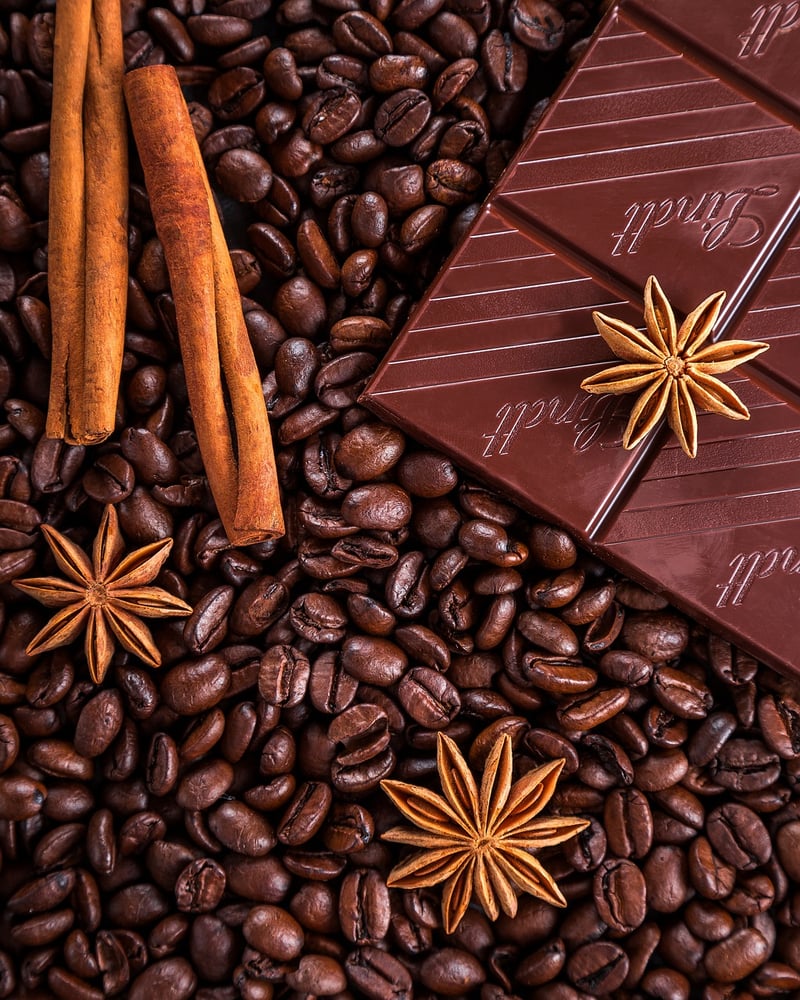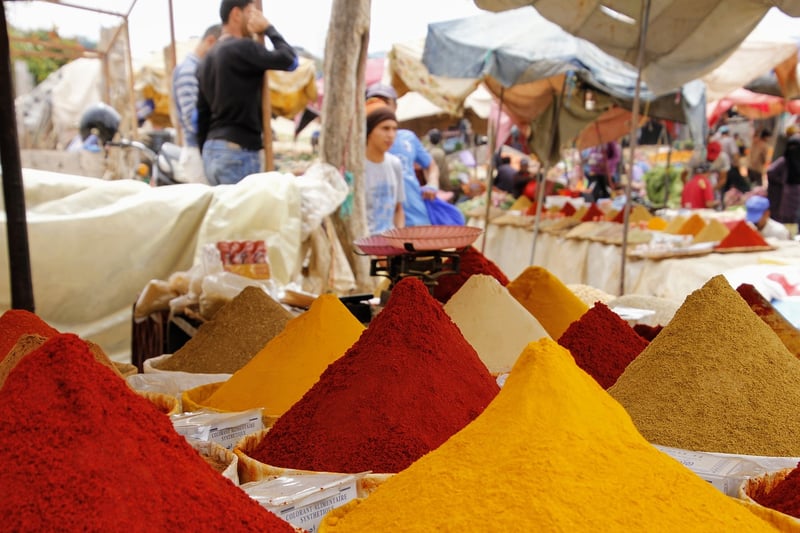Exotic Spices
The Fascinating World of Exotic Spices
Spices have been an integral part of human history, adding flavor, aroma, and color to dishes from around the world. While common spices like salt, pepper, and cinnamon are household staples, there is a whole world of exotic spices waiting to be explored. Let's delve into some key components of these exotic flavor enhancers that can elevate your culinary creations to new heights.
1. Saffron
Saffron is often referred to as the most expensive spice in the world due to its labor-intensive harvesting process. This vibrant red spice adds a distinct flavor and color to dishes, particularly in Mediterranean and Middle Eastern cuisines. Known for its floral aroma and slightly bitter taste, saffron is a must-have for paella, risotto, and certain desserts.

2. Cardamom
Cardamom, with its warm, slightly sweet flavor, is a versatile spice used in both sweet and savory dishes. Originating from India, this exotic spice is often found in Indian, Middle Eastern, and Scandinavian cuisines. Ground cardamom is perfect for adding depth to baked goods, curries, and coffee.

3. Sumac
Sumac is a tangy spice commonly used in Middle Eastern and Mediterranean cuisines. It has a deep red color and imparts a lemony flavor to dishes. Sumac is great for seasoning meats, salads, and dips, adding a unique citrusy zing to your recipes.

4. Star Anise
Star anise is a star-shaped spice with a strong licorice flavor commonly used in Chinese and Vietnamese cooking. It adds a warm and sweet taste to both savory and sweet dishes. Star anise is a key ingredient in Chinese five-spice powder and is often used in braised dishes and desserts.

Exploring exotic spices can open up a world of culinary possibilities, allowing you to experiment with new flavors and create dishes that tantalize the taste buds. Incorporating these key components into your cooking will undoubtedly take your meals to a whole new level of deliciousness.
Start your spice journey today and embark on a flavorful adventure!
